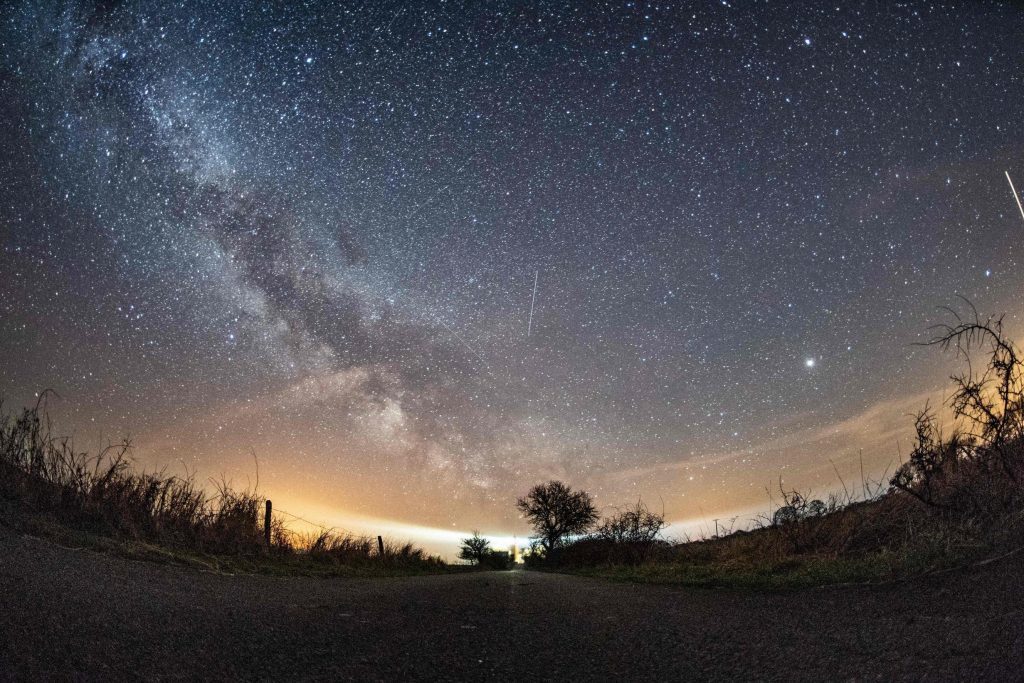LYRID METEOR SHOWER
Stargazers will want to look up this week as a dazzling meteor display lights up the night sky.
You might have been lucky enough to see a shooting star or two already since the Lyrid meteor shower began on April 16
But your chances are best when it reaches its peak overnight between Tuesday, April 21 and Wednesday, April 22.
Commonly known as shooting stars, meteors are actually caused by particles and fragments shed by comets and asteroids.
CAN YOU SPOT VENUS?
If you look up at the night sky this month you'll be able to see what looks like a very bright star - but it's actually Venus.
The planet is the third brightest object in the sky after the Sun and Moon, which is why its often called the Morning Star or Evening Star, depending on when it's visible.
But it's particularly easy to spot at the moment, party due to how far away it is from the Sun and other stars.
For more information and tips on how to spot all these amazing activities in the skies, click on the link below;
Venus and Pleiades: How to spot them in the sky
Stargazing Challenge
